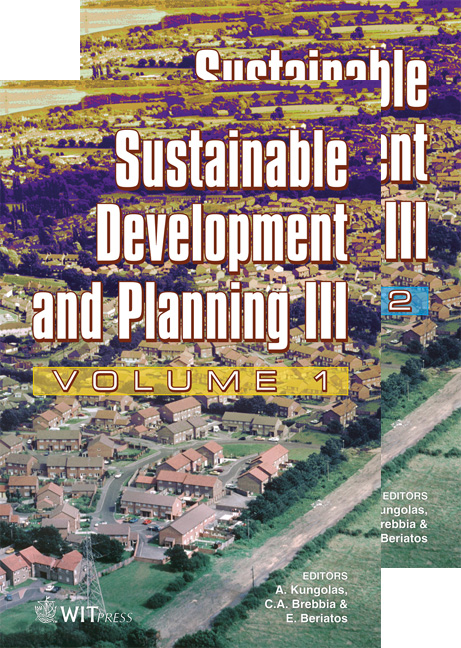Assessing The Impact Of Tourism: Intellectual And Economic Struggles And Landscape Changes On Kihnu Island
Price
Free (open access)
Transaction
Volume
102
Pages
15
Published
2007
Size
380 kb
Paper DOI
10.2495/SDP070331
Copyright
WIT Press
Author(s)
P.-K. Parts & K. Sepp
Abstract
Issues of the assessment of the impact of tourism on the cultural environment will be discussed using the example of Kihnu island (Estonia), which has been included in the list of Masterpieces of the Oral and Intangible Heritage of Humanity by UNESCO as the Kihnu Cultural Space. Kihnu is a small island (16.9 km²) near the eastern coast of the Baltic Sea, and has a population of about 530 residents. After the collapse of the Soviet Union, traditional economic activities like fishery and agriculture have undergone a severe decline; instead, new economic activities such as tourism, the sale of traditional delicacies, handicrafts etc., have become an important source of income on Kihnu. These changes have had a great influence on the cultural and natural landscapes of the island, as well as on social and political relationships, and have brought together manifold conflicts between the interests of tourism and the traditional economy, the different agendas of local interest groups and the cultural and economic elite, national policies etc. The interpretive analysis of official planning texts and interviews with different local actors indicated the remarkable sensitivity of the issues concerning tourism, resulting often in a euphemistic way of defining problems and development priorities in the field. As environmental impacts can only be assessed in relation to certain socially defined objectives, the described situation makes it very complicated to assess the impact of tourism or to offer up-to-date recommendations concerning tourism for the protection of both the natural and cultural environment. Nevertheless, in order to advance a further discussion on the assessment of the impact of tourism, initial explorative indicators will be set out, relying on the example of Kihnu. Keywords: tourism impact assessment, cultural environment, participatory methods, indicators.
Keywords
tourism impact assessment, cultural environment, participatory methods, indicators.





